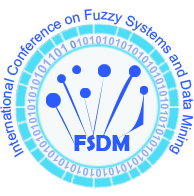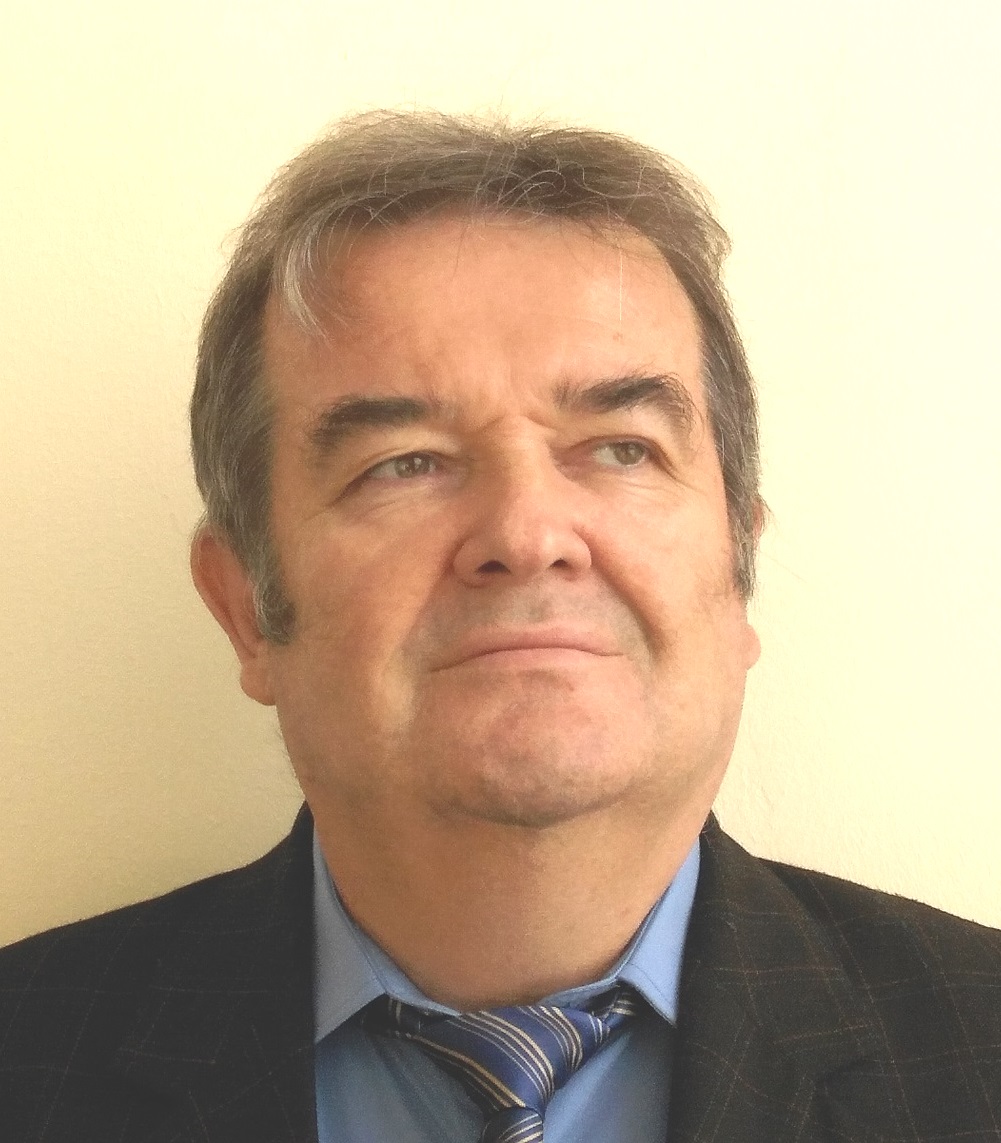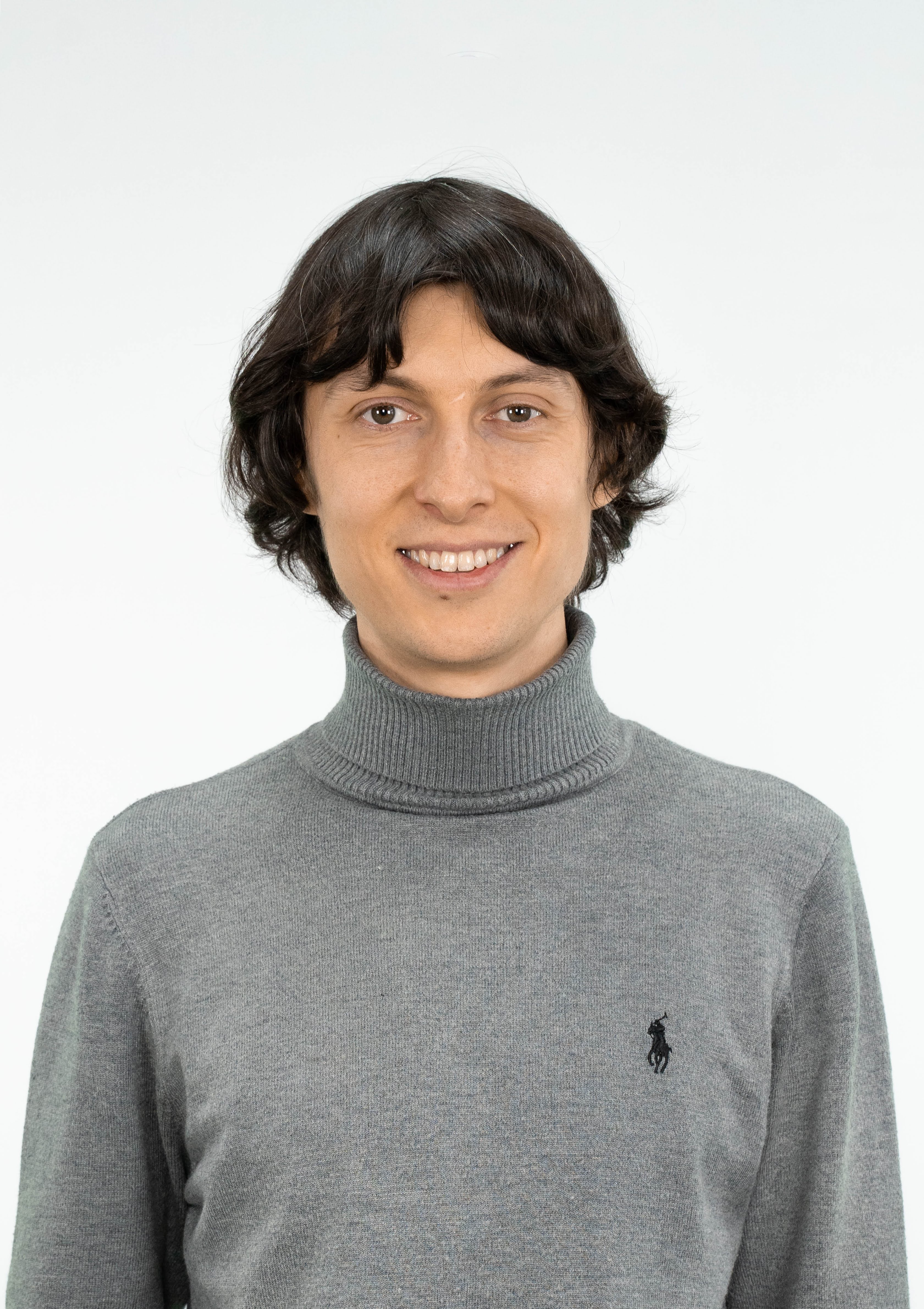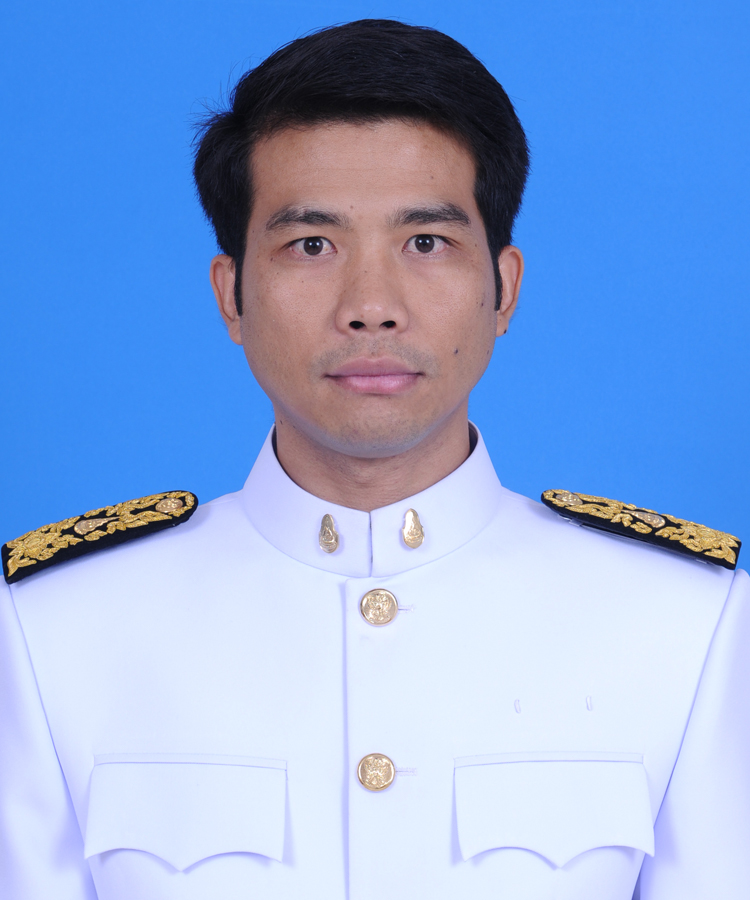Invited Speakers
Prof. Dr. Chao Zhang
Institute of Intelligent Information Processing, Shanxi University, ChinaSpeech Title: Multi-Granularity Group Consensus Modeling and Applications in the Context of Digital Intelligence
Abstract: In the context of digital intelligence, interactions among intelligent agents are becoming increasingly complex, and the issue of information asymmetry is intensifying. Traditional group consensus methods struggle to address the challenges posed by highly dynamic, multi-source, and large-scale decision-making scenarios. Inspired by granular computing, multi-granularity computing technologies provide a new theoretical framework and implementation pathway for group consensus decision-making in complex environments by identifying decision-making patterns at different levels and formulating differentiated consensus strategies. This report focuses on multi-granularity group consensus modeling and its applications. First, for group consensus under incomplete multi-scale information systems, a social network-driven three-way group consensus method is constructed to achieve the multi-granularity classification of agents and the formulation of differentiated strategies. Second, for group consensus in online review scenarios, the attribute weights are determined based on graph convolutional networks, and a conflict degree-driven two-stage quantum consensus-reaching process is further designed. Third, for group consensus in multi-modal data scenarios, an artificial intelligence-generated content and optimization-driven overlapping community detection method is proposed to support group consensus achievement. Finally, the aforementioned theoretical models are applied to the construction of domain-adapted large language models to validate their effectiveness and scalability in various practical applications.
Prof. Dr. Dimiter Velev
Department of Informatics at the University of National and World Economy (UNWE), Sofia, BulgariaSpeech Title: Challenges of Quantum Computing Application for Accelerated Business Innovation
Abstract: Quantum Computing (QC) is a new generation of computing technologies based on the principles of quantum mechanics. These technologies offer significant advantages over traditional computer systems in solving complex problems that would take years for classical computers. Although QC is still in the experimental and early application stages, its potential impact on businesses and industries is profound. The ability of QC to process vast amounts of information at incredible speeds and find solutions to previously unsolvable problems could accelerate innovation, revolutionize industries and create new business opportunities. These technologies can be used to solve specific, real-world business problems that may include big data processing, complex calculations, process optimization, cybersecurity, quantum machine learning to improve business analytics. Businesses that begin investing in quantum technologies will have significant competitive advantages. To realize the potential of QC, companies must invest in strategic partnerships with technology companies, train specialists and experiment with pilot projects. Early adopters will gain a competitive advantage by optimizing operations, creating innovative products and transforming business models. In the era of quantum supremacy, business innovation will be defined by the ability to master the quantum potential not only as a tool, but also as a catalyst for radical change. The purpose of the invited speech is to examine how QC can accelerate innovation processes in business, as well as to outline practical aspects and challenges that pave the road to implementing this disruptive technology in the corporate environment.
Dr. Konstantin Ryabinin
Center for Astronomy of Heidelberg University, GermanySpeech Title: To be updated
Abstract: To be updated
Assoc. Prof. Dr. Wentao Li
College of Artificial Intelligence, Southwest University, Chongqing, ChinaSpeech Title: Feature Selection Approach Based on Improved Fuzzy C-Means with Principle of Refined Justifiable Granularity
Abstract: Fuzzy C-Means (FCM) is a clustering algorithm based on partition of the universe. However, the partition generated by an equivalence relation is strict in practical application and exhibits relatively poor fault-tolerant mechanism. In this paper, a novel binary relation based on improved FCM with the principle of refined justifiable granularity is presented. Different expressions of the proposed binary relation under different values of weight parameter are discussed, and the changes of the properties of the binary relation under different parameter values are provided. By measuring the significance of attributes in the feature space, a feature selection method, called forward heuristic feature selection (FHFS), is designed to construct the low-dimension feature space based on maximizing the original data and information retention through the defined degrees of aggregation and dispersion. It is shown how the results of feature selection and classification performance vary when the values of the weight factor locate in different ranges. To illustrate the superiority and effectiveness of the proposed FHFS algorithm, nine high-dimensional datasets and eight image datasets from UCI repository are used and compared with other feature selection methods, respectively. The results of experimental evaluation and the significance test show that the proposed learning mechanism is a superior algorithm.
Prof. Felix Raymundo Saucedo Zendejo
Research Center for Applied Mathematics, Autonomous University of Coahuila, MexicoSpeech Title: A Machine Learning Surrogate Meshfree Approach for Thermal Analysis with Moving Heat Sources
Abstract: This report proposes the development and implementation of an innovative machine learning surrogate meshfree approach for modelling heat transfer phenomena in industrial processes with moving heat sources. This approach is based on the Finite Pointset Method (FPM), a Generalized Finite Differences Method (GFDM) which is enhanced in this work with machine learning techniques for the construction of shape functions. The objective of this development is to overcome the limitations posed by commonly used mesh-based methods and to improve the efficiency found in standard mesh-free methods. The tool resulting from this work contributes to the positive impact of mathematical modelling developments with mesh-free methods and expands their applications in areas of science and industry. The accuracy, feasibility, and robustness of this new formulation are evaluated in detail through a series of case studies, starting with simple cases, for which analytical solutions exist, and evolving to complex and practical examples, representative of selected applications involving moving heat sources. The results of these examples demonstrate that this meshless numerical tool is promising, and furthermore, similar strategies could be proposed for modelling other physical phenomena or their coupling.
Assoc. Prof. Dr. Sayan Kaennakham
Institute of Science, Suranaree University of Technology, ThailandSpeech Title: Investigating the Possibilities and Varied Applications of Wavelets in the Realm of Machine Learning
Abstract: Wavelets, renowned for their ability to perform multi-resolution analysis and capture localized time-frequency representations, have long been instrumental in fields like signal processing and image analysis. However, their integration into machine learning opens up exciting new possibilities for addressing critical challenges such as noise reduction, feature extraction, dimensionality reduction, and multi-scale analysis. This talk explores the untapped potential of wavelets within the context of machine learning, highlighting their applications across diverse tasks, including classification, regression, and generative modeling. By examining how wavelets can enhance neural network architectures, improve data preprocessing, and support efficient feature learning, this discussion aims to inspire innovative approaches at the intersection of wavelet theory and machine learning. Emphasis will also be placed on the challenges of designing wavelet-based frameworks, the trade-offs between interpretability and automation, and the prospects for wavelets in emerging ML paradigms such as transformers, reinforcement learning, and federated learning. This talk serves as a call to action for researchers and practitioners to harness the unique strengths of wavelets, fostering interdisciplinary innovation in artificial intelligence and data science.






